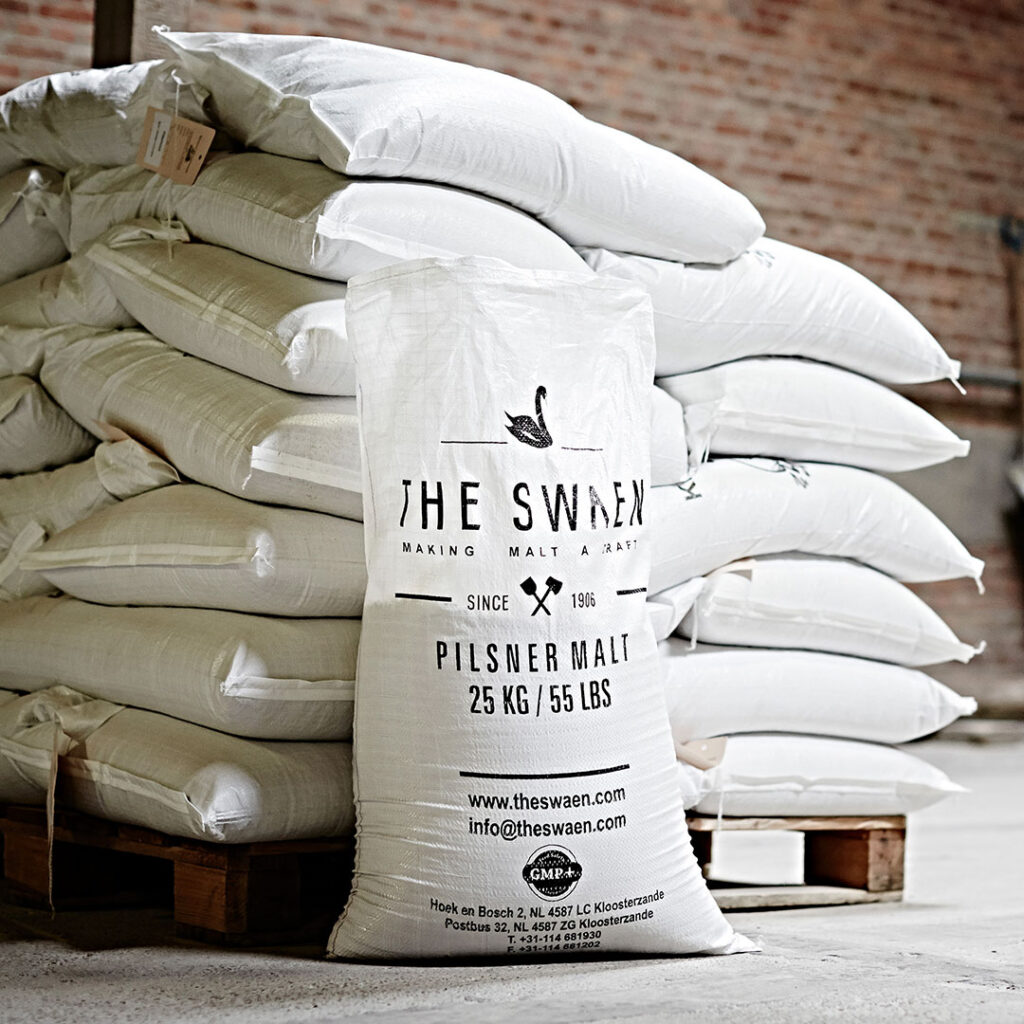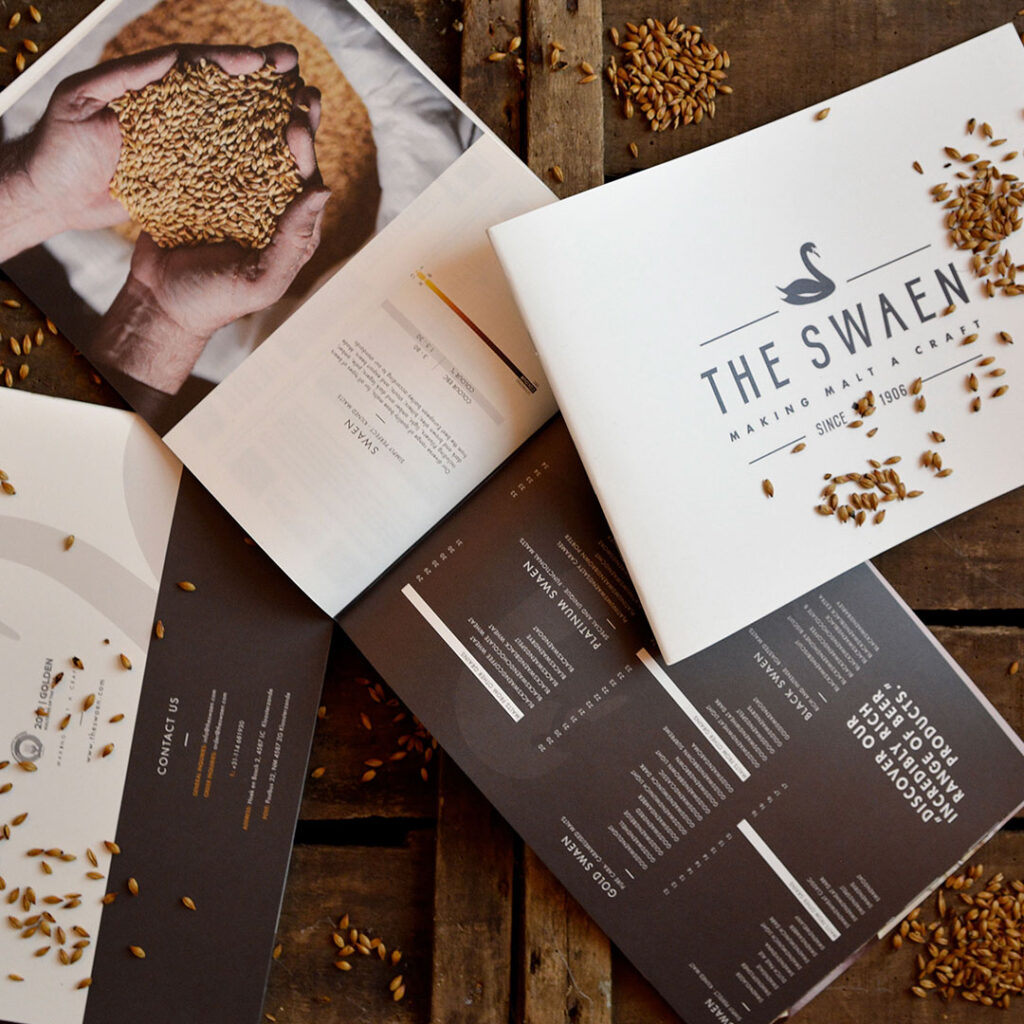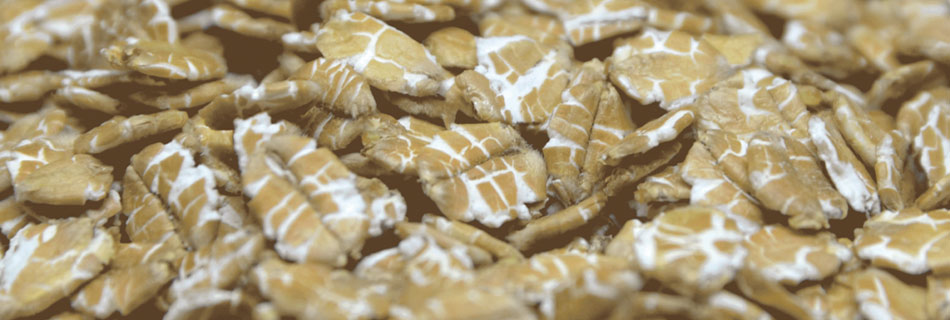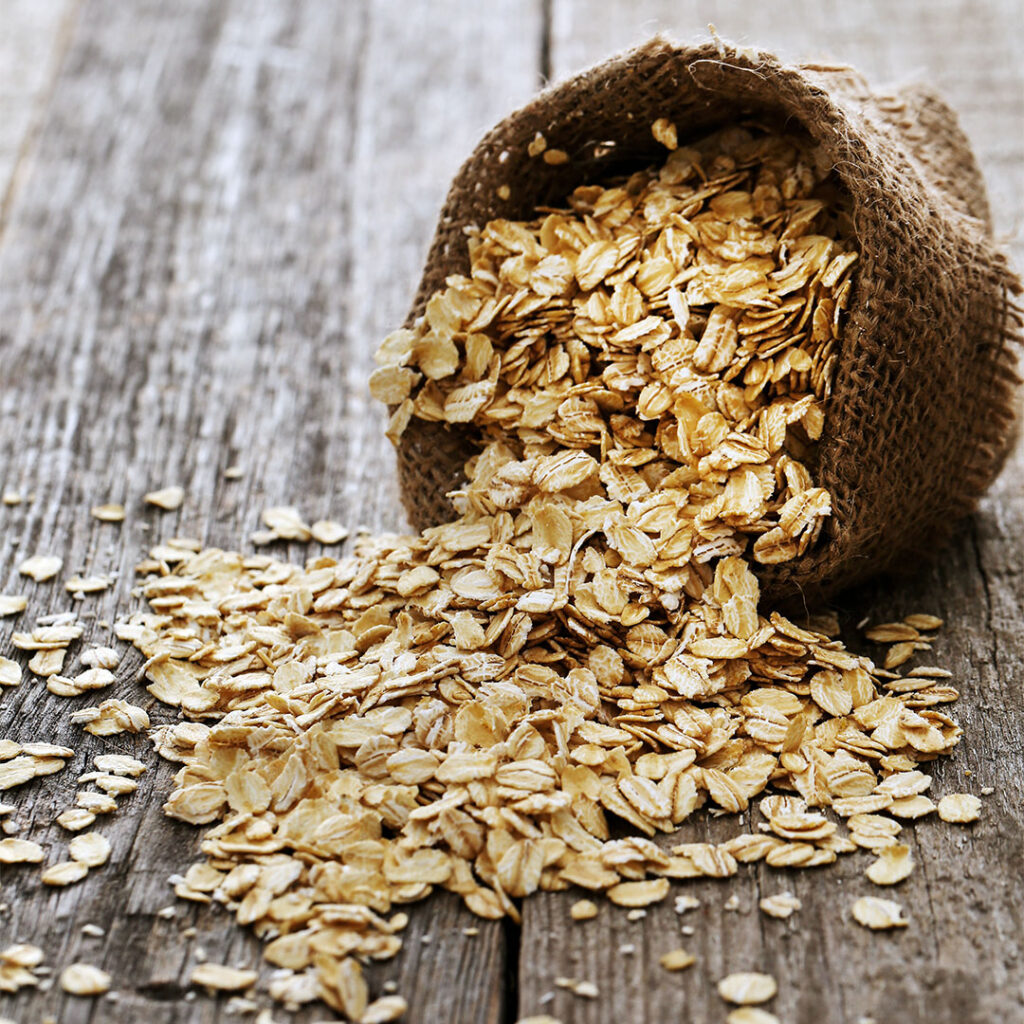
Flaked Barley
For stronger head retention, and smoother flavour.
Description
Flaked barley is an unmalted adjunct that boosts the grain bill with additional starches, providing a slight increase in fermentable sugars without significantly altering the flavour or body of the beer. Its impact on taste is minimal, offering only a faint cereal note, which makes it a neutral and versatile ingredient in many styles.
While not as flavour-forward as other flaked grains, flaked barley subtly supports mouthfeel and can enhance foam stability. It’s particularly popular in traditional stouts and ales where a fine-tuned balance of body, clarity, and head retention is desired.
Some haziness may occur due to its protein and beta-glucan content, although typically less than with oats or wheat. It requires no milling and can be added straight to the mash, making it a convenient option for improving texture and efficiency. Flaked barley is a practical choice when you’re looking to stretch the fermentables in your recipe while keeping flavour and body in check.
Usage
Stouts, and any other beer.
Quick facts
Raw material: Barley
Product: Flaked Barley
Use: Up to 10%.
Typical analysis
| Parameter | Unit | Min | Max |
|---|---|---|---|
| Moisture | % | – | 12 |
| Parameter | Unit | Average per 100g |
|---|---|---|
| Energy | KJ | 328 |
| Energy | Kcal | 78 |
| Proteins | g | 9 |
| Carbohydrates | KJ | 75.5 |
| – thereof sugar | g | 1 |
| Fat | g | 1.5 |
| – thereof saturated fatty acids | g | 0.37 |
| Fibres | g | 12 |
Blogs and recipes

How to store malt
Malt retains its enzymatic power for several years when stored correctly. The Swaen ensures a long shelf life through a specialised process. As a result, brewers can always rely on the consistent quality of our products. This is your guide on how to store malt.

Brochure
Download our latest brochure to discover everything you need to know about The Swaen and our premium malts. In it, you will more information about our passionate team, our unique roasting and kilning processes, and the exceptional qualities of our malts. Furthermore, you will learn how our dedication to craftsmanship and quality control ensures top-tier ingredients for brewers worldwide. Whether you are new to brewing or an experienced professional, our brochure offers valuable insights into our products and processes.
Product list
Take a look at our product list for a complete overview of our specialty and base malts. This handy guide provides essential details, including flavour profiles, recommended usage, and pricing. Moreover, it allows you to quickly compare different malt types, helping you select the perfect one for your brewing needs. Since we understand that efficiency is key, we have designed our product list to be clear, concise, and easy to navigate.
Certificates
At The Swaen, we strive to meet the highest industry standards to guarantee superior quality. Because of this commitment, independent auditors regularly inspect our malthouse to ensure full compliance with strict safety and production regulations. Additionally, we work closely with leading industry partners and hold several internationally recognised certifications. If you would like more information about our credentials, you can find all our certificates here.
Storage and shelf life
To maintain peak quality and flavour, proper storage is essential. Therefore, we recommend keeping our malt in a cool, dry, and pest-free environment with temperatures below 20°C (68°F). High humidity can negatively affect freshness, so it is important to store malt in a controlled setting. Depending on the type of malt, it is best used within 6 to 18 months from the manufacturing date. However, each bag includes a Best Before date to ensure optimal usage.
All our malts conform to EU and international regulations. Furthermore, we transport them exclusively via GMP-certified carriers to guarantee the highest standards in safety and hygiene. Please keep in mind that improperly stored malts may lose freshness and flavour more quickly.

Packaging solutions
To accommodate various brewing needs, we offer flexible packaging solutions:
- 25kg bags – Ideal for small-batch brewing and craft beer production.
- Big bags (up to 1,200kg) – Suitable for larger breweries and more frequent use.
- Liner bags in containers – Perfect for international shipping and long-distance transport.
- Bulk transport by truck – The best option for high-volume production and efficiency.
If you are unsure which packaging suits your needs best or need more information, we are happy to advise you. Get in touch with us to explore the best solution for your brewery!




